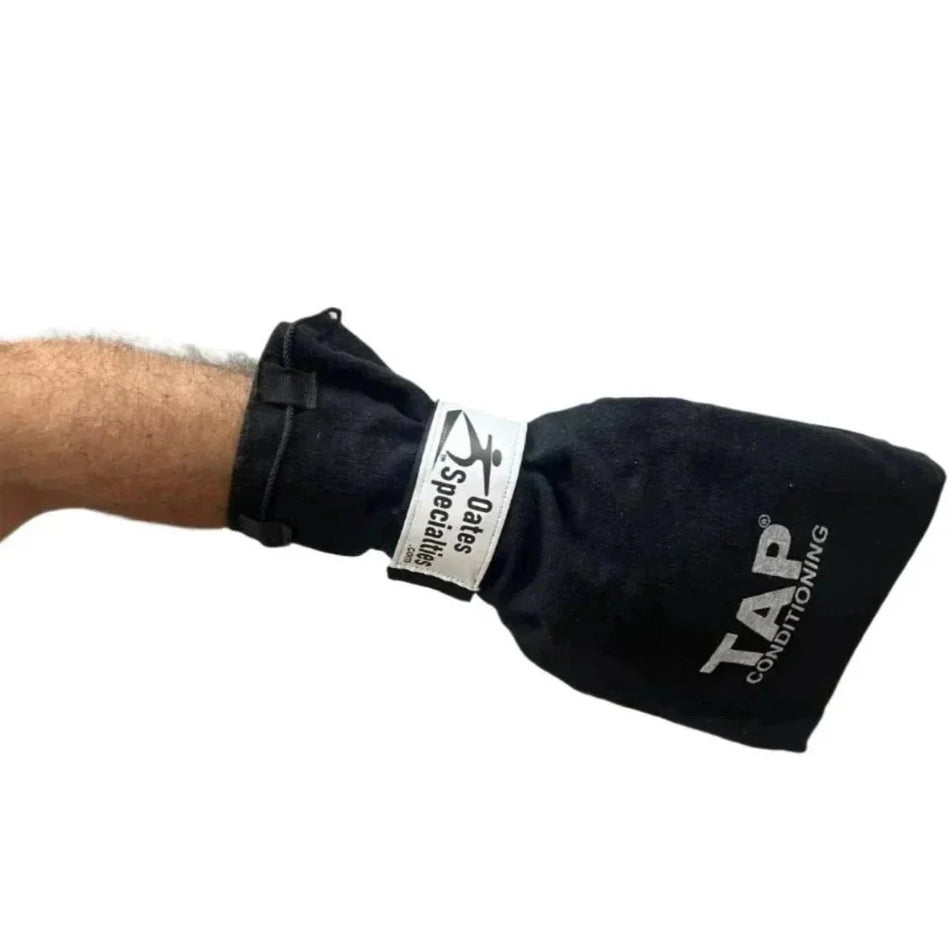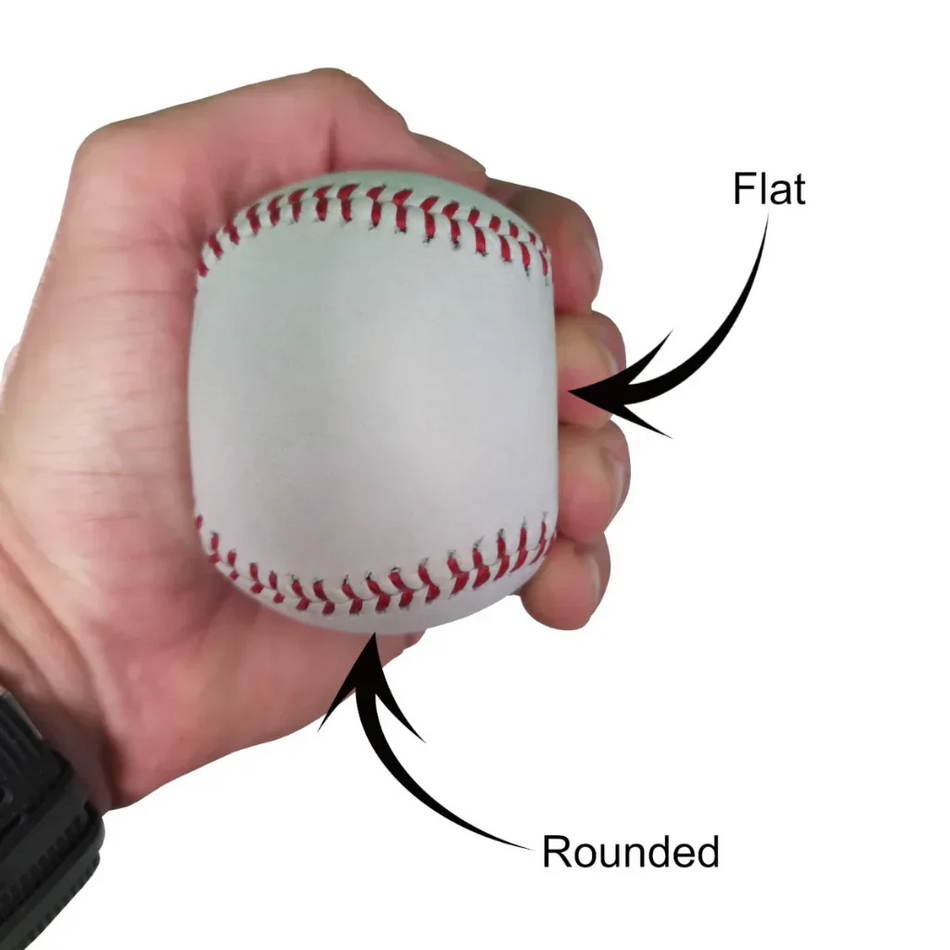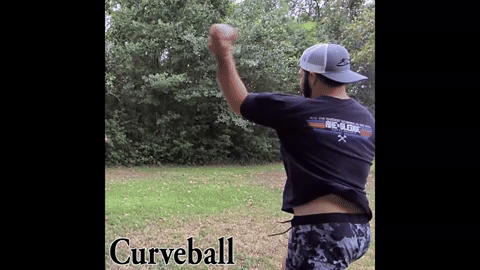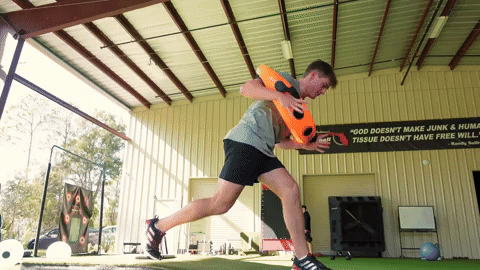Now that we have discussed flexibility and its importance to athletes we can focus on the ways to increase it. But before I delve into the different types of stretching it is critical to note the importance of warming up the body first. Before an athlete can properly stretch his muscles they must first be warm. Generally a good warm up will increase an athlete's body temperature at least 1 degree while simultaneously raising the heart rate. This will lather up an athlete's body as the blood begins to circulate throughout the muscles and serves as a notice that work is about to begin. The worst thing an athlete can do is stretch cold muscles. Not only is it a huge waste of time, as you will not increase flexibility, but it can actually increase your risk of injury. A cold muscle is not as elastic as a warm one and asking it to elongate as you stretch can result in a muscle strain or tear.
Only after a proper warm up can an athlete begin to focus on flexibility. There are two basic types of stretching: dynamic and static. Dynamic stretching consists of performing dynamic movements within the full range of motion in the joint. One definition of dynamic stretching states that it involves, "moving parts of the body and gradually increasing range of motion, speed of movement, or both." It is used to take an athlete to his/her limit of range of motion. Generally, dynamic stretching is used as a warm up before training or competition. However, this does not mean you use dynamic stretching activities as a warm up itself. It is important that before doing any dynamic stretching a full warm up is done to get the body temperature raised and the blood circulating.
Dynamic stretching has the ability to be more sport specific than other forms of stretching. This is important and beneficial because flexibility is often sport specific as different sports demand different types of flexibility. Even if two sports both require a certain level of flexibility from the same muscle group, the range of motion is often different in performing the sport's activity. For example, pitching a baseball and punting a football both require hamstring flexibility. A punter's flexibility must allow him to kick his leg high into the air in front of him while stabilizing on one leg, keeping his torso upright. A pitcher must have flexibility in his hamstring to allow his torso to bend forward and come over his front leg as it is planted on the ground. These two activities both necessitate hamstring flexibility yet they are quite different.
Dynamic stretching allows athletes to target certain sport-specific movements exactly as they will be performed in a game or practice. The punter can kick his leg out in front of him (often called Frankenstein's) and the pitcher can balance on one leg while extending his upper body forward, parallel to the ground. They can each do this repetitively for a certain distance or for a certain number of reps. These exercises will help to warm up the athlete's muscles through the range of motion they will soon be performing at top speed in competition or practice, while also working to increase flexibility in these specific movements.
The second basic type of stretching is called static stretching. Static stretching, which can also be referred to as passive stretching, is when an athlete assumes a stretch position and holds it. It should be done after a workout or game and can help reduce muscle fatigue, soreness, and is ideal for improving flexibility. Static stretching involves taking a muscle to the furthest point in its range of motion and then holding it for a period of time. By repeatedly lengthening a muscle to an elongated position and holding it there, you will be able to increase the elasticity of the muscle, thereby increasing flexibility.
There are a number of phenomenal tools that can aid an athlete as he/she performs static stretches. The first and perhaps best known are the giant flat band resistance loops. These are the large, oversized looking rubber bands athletes can loop around their foot or ankle. These bands give athletes the feel of being stretched out by a trainer even though they are controlling the resistance and range of motion themselves. The giant flat band resistance loops are especially good for stretching out the hamstrings, quads, hip flexors, groin, and glutes.
Another popular static stretch aid is a device called the CoreStretch. This device has an adjustable bar suitable for all sizes, with one end having a grip to hold on to while the other end sits on top of your hips. The CoreStretch is able to elongate the back as you hold on to the grip and bend forward at the hips. As you bend further over, it helps to stretch the back, shoulders, hips, and even the legs. It is very versatile as you can use it sitting or standing and in a number of different positions. It is one of the best overall back and shoulder stretching devices I have ever used.
A third stretching device that can really help improve flexibility is called the ProStretch. In training rooms throughout the nation there are wood boards with varying degrees of angles. The purpose of these boards are to have an athlete stand on them while the angle of the board stretches out his/her Achilles tendon and calf muscles. The ProStretch is very similar to these boards and produces the same results: increased flexibility in the calf and ankles. The ProStretch looks much like a rocking chair for the foot, as the athlete is able to control the angle of the stretch.
An athlete's flexibility can be significantly increased by utilizing these devices when performing static stretches after a workout or game. The great benefit about using these types of stretching apparatuses is that you are able to control the stretch the entire time. In many cases, athletes have trouble keeping the muscle at the end of the range of motion as they stretch and end up bouncing. This is not good for the athlete's muscles or flexibility.
The only way to improve flexibility is by constantly working on it and pushing the envelope. By adding dynamic stretching activities into a pre-game routine to prepare the muscles for sport-specific movements, an athlete will be more ready for the demands the sport puts on his/her body. Static stretching after a workout, practice, or game will help the muscles recover and improve flexibility. When performed in tandem, dynamic and static stretching can help increase an athlete's flexibility which will lead to a decreased chance of injury and improved performance.
Until next time,
Brian Oates
Brian@Oatesspecialties.com














































